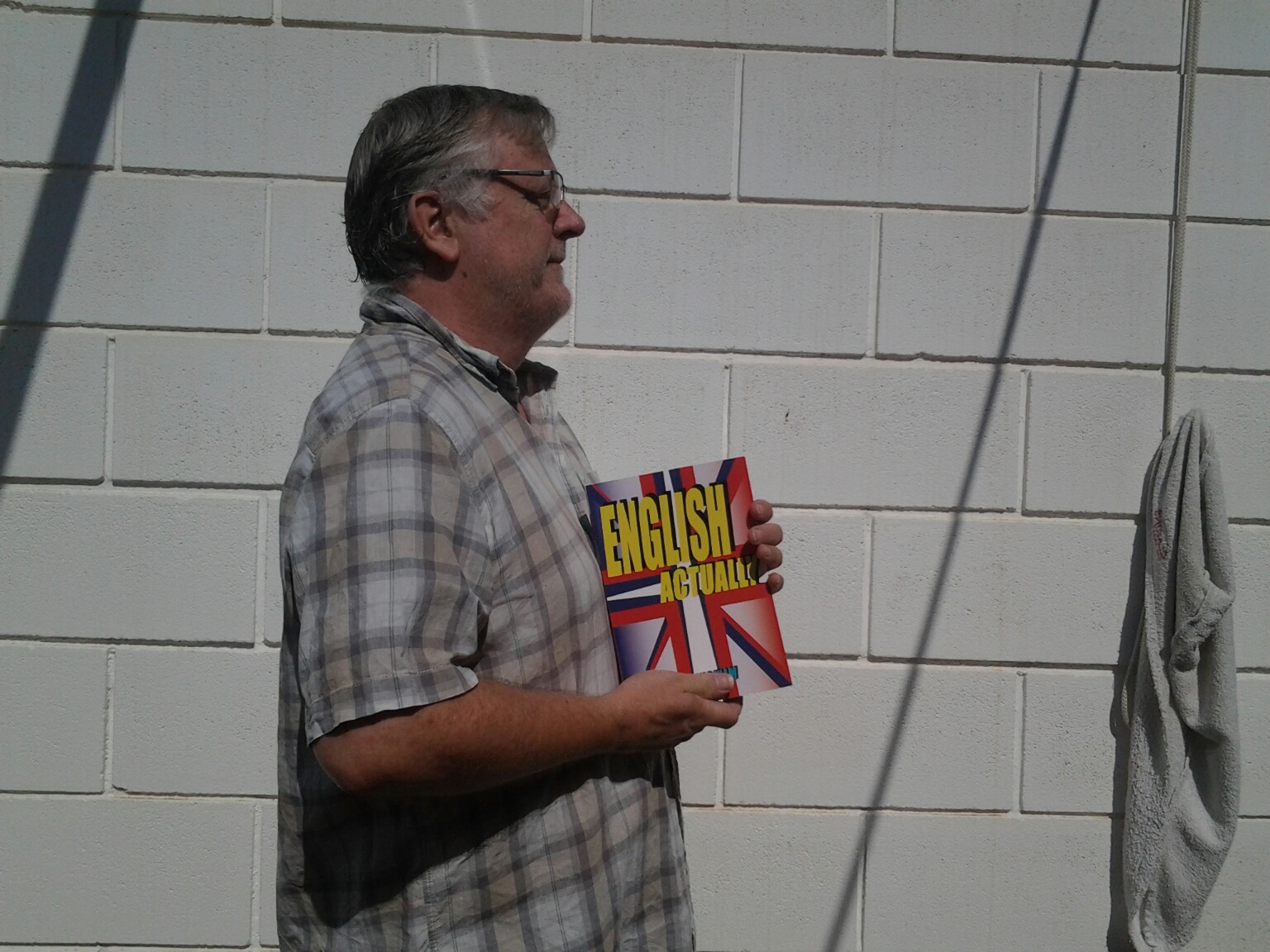Archives
- February 2025
- January 2025
- December 2024
- November 2024
- October 2024
- September 2024
- June 2024
- May 2024
- April 2024
- March 2024
- February 2024
- January 2024
- November 2023
- October 2023
- July 2023
- June 2023
- May 2023
- April 2023
- March 2023
- February 2023
- January 2023
- December 2022
- November 2022
- October 2022
- September 2022
- July 2022
- June 2022
- May 2022
- April 2022
- March 2022
- February 2022
- January 2022
- December 2021
- November 2021
- October 2021
- September 2021
- August 2021
- July 2021
- June 2021
- May 2021
- April 2021
- March 2021
- February 2021
- January 2021
- December 2020
- November 2020
- October 2020
- September 2020
- August 2020
- July 2020
- June 2020
- May 2020
- April 2020
- March 2020
- February 2020
- January 2020
- December 2019
- November 2019
- October 2019
- September 2019
- August 2019
- July 2019
- June 2019
- May 2019
- April 2019
- March 2019
- February 2019
- January 2019
- December 2018
- November 2018
- October 2018
- September 2018
- August 2018
- July 2018
- June 2018
- May 2018
- April 2018
- March 2018
- February 2018
- January 2018
- December 2017
- November 2017
- October 2017
- September 2017
- August 2017
- July 2017
- June 2017
- May 2017
- April 2017
- March 2017
- February 2017
- January 2017
- December 2016
- November 2016
- October 2016
- September 2016
- August 2016
- July 2016
- June 2016
- May 2016
- April 2016
- March 2016
- February 2016
- January 2016
- December 2015
- November 2015
- October 2015
- September 2015
- August 2015
- July 2015
- June 2015
- May 2015
- April 2015
- March 2015
- February 2015
- January 2015
- December 2014
- November 2014
- October 2014
- September 2014
- August 2014
- July 2014
- June 2014
- May 2014
- April 2014
- March 2014
- February 2014
- January 2014
- December 2013
- November 2013
- October 2013
- September 2013
- August 2013
- July 2013
- April 2013
- March 2013
- January 2013
- August 2012
Cricket Comes to Valencia!
Valencia Smash! T20 Thursday 19 – Sunday 22 October
Campo de Beisbol y Softball
or VCG!
Match Times Thursday 19 October 16:00 – Freshfields CC vs West Hagley CC 19:00 – Levante CC vs Cowley Drifters Friday 20 October 10:00 – Cowley Drifters vs Freshfields CC 13:15 – Freshfields CC vs Levante CC 16:00 – Cowley Drifters vs Herts Vets CC 19:00 – West Hagley vs Herts Vets CC Saturday 21 October 10:30 – Herts Vets CC vs Levante CC 13:15 – West Hagley vs Cowley Drifters CC 16:15 – Herts Vets CC vs Freshfields CC Sunday 22 October 10:30 – Levante CC vs West Hagley CC 13:30 – League Winners vs League Runners Up (FINAL)
For more info:
http://www.valenciasportstours.com/2017/10/17/the-valencia-smash-this-thursday-19-october-2017/
About Levante Cricket Club:
If you go down to the Turia today you’re sure of a big surprise, at least if it’s a Thursday evening, when you can enjoy the exceedingly pleasant spectacle of men in white playing cricket, the game that helped build the British Empire.
Any member of the British Empire, or Commonwealth as some fools prefer to call it today, knows that, wonderful as Valencia is, there was always one thing missing; cricket!
But what is cricket?
Many people, and this is amazing in the 21st century, say that they don’t understand cricket; and so for those unhappy few who were not born in England on a typically sunny day, this is how it works.
First of all you need to understand that cricket is a gentleman’s game, and consequently nobody gets injured and there are no substitutes.
Each side has eleven players; the home team always wears white and the away team wears……well, white.
An international game can last five days, although there are plenty of stops to drink tea.
There are always thirteen players playing at any given time, two for one side, known as the batsmen, not to be confused with Batman who rarely wears white, and eleven for the other side, known as fielders. This may seem unfair, but then fairness has always been over-rated.
There are two referees, although traditionally they are called ‘umpires’, and they always wear white, although they often wear white hats to avoid confusion, and long white coats with pockets, where they keep stones to help them count up to six, cricket not being a decimal sport.
The team that is batting (the batsmen) is considered to be in, and the objective of the fielders is to get ten of them out. There are a number of ways that a player who is ‘in’ can be ‘out’, but most beginners get demotivated when they are explained in the first lesson.
Each batsman has a bat, which is a wooden object shaped a little bit like the end of an oar for rowing a boat and is not a nocturnal animal, although it is that as well, English being, as if it wasn’t hard enough already, a delightfully polysemetic language.
The batsman has to defend the wicket, (three vertical wooden sticks with two smaller horizontal sticks on top), from the bowler, who throws (actually ‘throw’ is considered vulgar, so we say ‘bowls’) the ball at him.
The ball is red, probably so that the batsman can see it among all that white, and is made of cork covered with leather.
It is very hard and hurts a lot if it hits you in the face. When this happens, unlike in football, players of both sides commiserate and apologise. Apologising is of course another great British sport, but we can talk about that another time. It mainly consists of saying ‘sorry’ a lot; very important when confronted by 200 rampaging football hooligans.
When one team is ‘out’, as you probably already guessed, the other team goes in. The completion of the team losing its ten wickets is called an ‘innings’, and in normal games each team has an innings, although in international matches, which England always loses in order to keep the Commonwealth together, there are two each.
The side that is ‘in’ scores points, which are called ‘runs’. They are called runs because the batsmen run between the wickets after hitting the ball. If they hit the ball beyond the boundary they get four runs, although they don’t have to run, and if they hit the ball beyond the boundary without it bouncing, they get six runs, similarly without running.
If a batsman is out without scoring any runs, this is called a ‘duck’, and if he is out on the first ball, it is a ‘golden duck’. Originally it was called a ‘duck’s egg’, because a duck’s egg looks like a zero, in the same way that in tennis the zero is called ‘love’, which has nothing to do with human affection, but derives from the French word ‘oeuf’, ‘egg’.
The bowler bowls six balls before another bowler bowls six from the other end, ad infinitum (or at least it feels that way after five days). The six balls are called an ‘over’, to explain that the bowler has finished. Very subtle I’m sure you will agree.
If a bowler takes three wickets with three balls, this is called a ‘hatrick’, because in the past, his team mates would give him a hat (in an epoch, soon to return I hope, when all gentlemen, even poor ones, wore hats).
So, cricket deprivation in Valencia has now been rectified. The Levante Cricket Club was founded by Londoner Barry Eaton, although there are players from New Zealand, Pakistan, Ireland and South Africa among the British teachers from local bilingual schools and academies.
 Surprising as it may seem, there are cricket clubs all over Spain, and the Levante Club, which plays at the Baseball Ground in the Turia Park, is in the Second Division, playing mostly against teams from Alicante and Murcia, but also from Madrid.
Surprising as it may seem, there are cricket clubs all over Spain, and the Levante Club, which plays at the Baseball Ground in the Turia Park, is in the Second Division, playing mostly against teams from Alicante and Murcia, but also from Madrid.
The team is thinking about the future and of nurturing new generations of players, inviting younger, potential players to attend training sessions held before the regular team practices on Thursday nights, and by visiting schools explaining the fundamentals of cricket to bewildered Spanish students.











Recent Comments